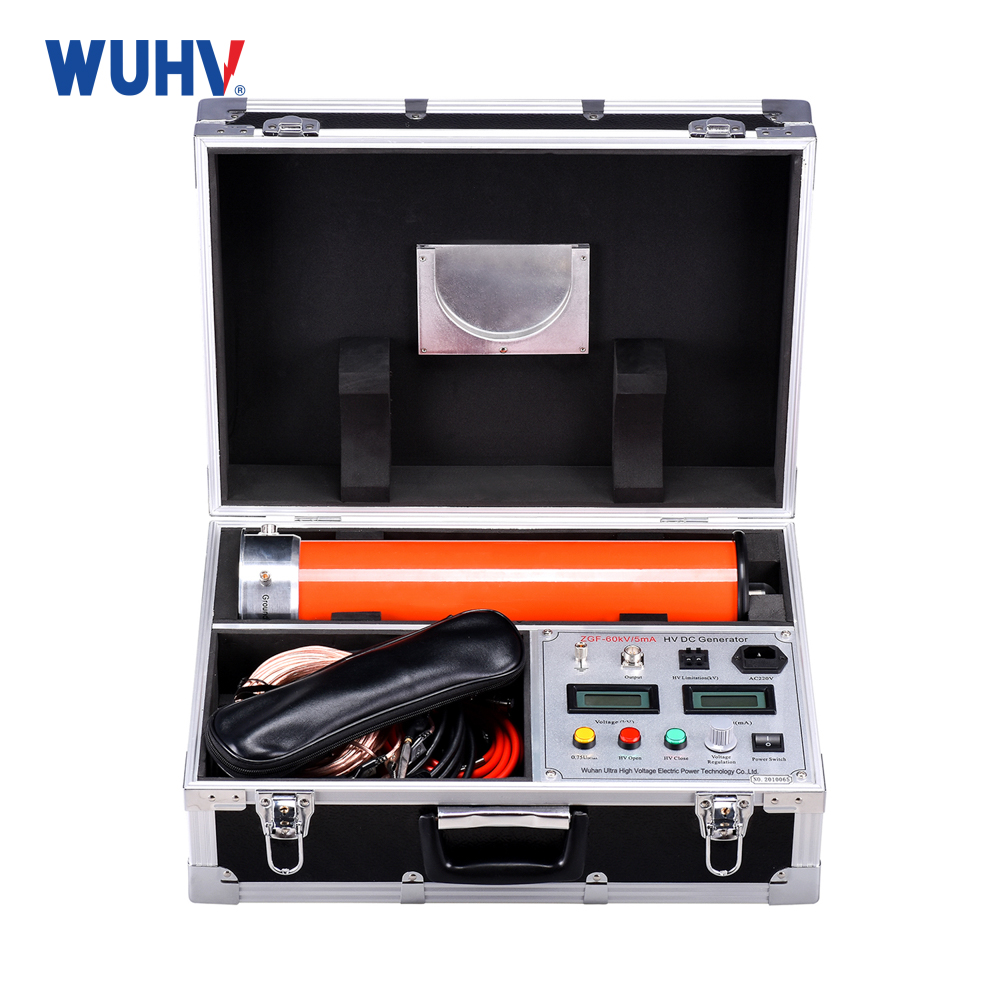The cable fault testerunder UHV power can help many power workers conduct various power tests more conveniently.
With the development of the times, the use of electricity has also evolved. Nowadays, electricity is everywhere around us, and it is transmitted to various places through cables, providing great convenience for our lives and work. With the increasing production of cables, the types of instruments used to detect cable faults, such as cable fault testers, have become more diverse. Today, let's talk about the configuration and management of cable fault testers.
With the increasing production scale, types, and sales volume of cable manufacturers year by year. Due to the classification of cable faults into high resistance, low resistance, wire breakage, and composite faults, the cable fault testers currently available on the market are generally equipped with high and low voltage sets, including a large number of components and accessories. A set of equipment components can range from 5-6 pieces to 10-11 pieces. As a cable manufacturer, it is necessary to promptly locate and handle various cable faults that occur during the factory production process to ensure timely delivery of products; At the same time, consideration should also be given to the location of cable faults that occur after the customer's on-site cable laying is completed or during operation. Therefore, as a cable manufacturer, when purchasing cable fault testers, most of them use high and low voltage complete procurement configurations. When encountering direct buried cable fault location on the customer's site, the transportation and handling of the entire equipment must be carried out by specialized cable fault detection vehicles to ensure the quality of transportation.
At present, cable fault testers sold in the market are mainly divided into two categories. One is a cable fault tester designed based on the principle of echo method: mainly including intelligent waveform detection analyzer, wire tester, DC high voltage generator, including control panel and DC dual-use high voltage test transformer, capacitor, ball gap, fixed-point instrument, etc. Another type is a cable fault tester designed and manufactured based on the principle of bridge method: the components mainly include fault locator, capacitor, ball gap, fixed-point instrument, etc. The above two instruments for detecting cable faults are both the coarse side positioning part and the precise positioning part of cable faults.
When used in production and customer service sites, cable fault testers often require frequent or long-distance transportation. In order to ensure the normal transportation and use of cable fault testers, the daily maintenance and management of cable fault testers are particularly important. Meanwhile, the actual frequency of use of cable fault testers is not high. Therefore, the probability of equipment failure during transportation is not very high.
Fiber optic cable fault detector is a precision and valuable equipment. In order to ensure the integrity of the actual use of the equipment, as a cable manufacturer who purchases and uses cable fault testers, the actual use of cable fault testers must be maintained and managed on a daily basis, so as to fully play its role in critical moments of cable faults in production and customer sites, ensuring timely delivery of products and rapid resolution of cable faults on customer sites. The following suggestions are proposed for the daily maintenance and management of cable fault testers: Users of cable fault testers must receive professional training to ensure the safe use of the equipment and prevent damage and electric shock during use.
Establish an equipment ledger for the use of cable fault testers, and designate a dedicated person to specialize in the use and management of cable fault testers, with appropriate fixed locations for storage and management. Before using the cable fault tester, it is necessary to strictly inspect and record the quantity, integrity, user, and usage time of each component of the cable fault tester. Archive the device with a promissory note. After returning the cable fault tester to the factory or workshop for use, a secondary inspection must be carried out, including the quantity of equipment and all accessories. The integrity of the equipment should be checked before acceptance. If any faults or missing accessories are found, they should be dealt with in a timely manner and the corresponding economic losses should be pursued to ensure that the equipment is in good condition before use, and signed and confirmed by the user and manager.





















